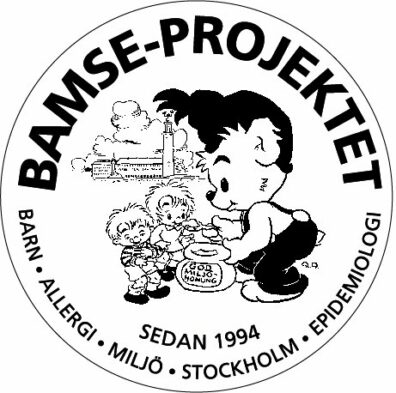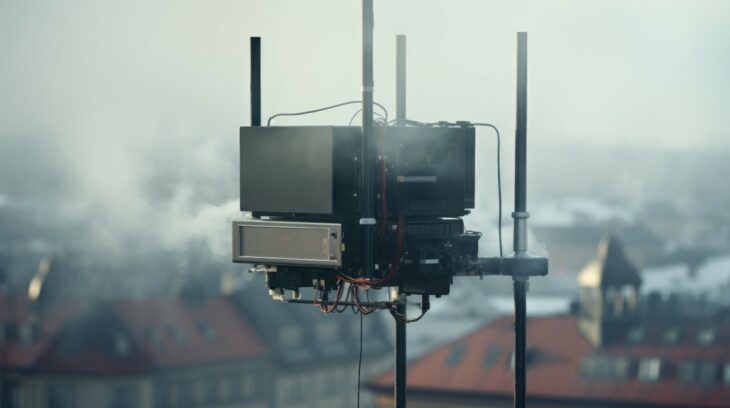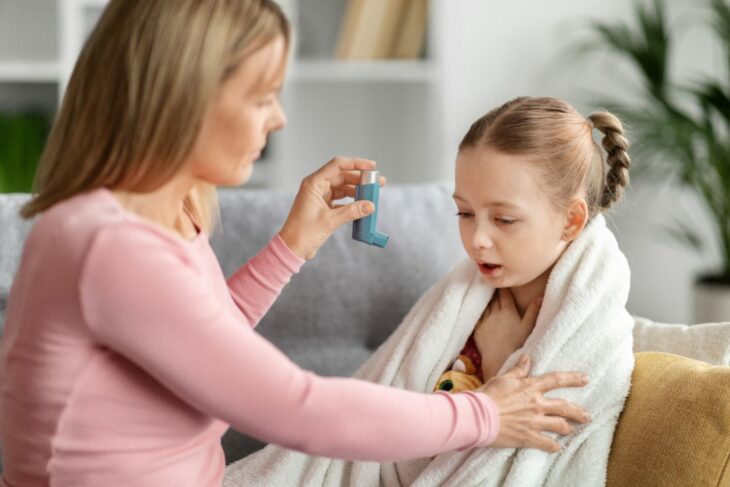Karolinska Institutet

In the early 1990s, allergies began to rise rapidly among children and young people, and the Public Health Institute in Sweden declared 1994 the year of allergies. Significant efforts were to be made against the rapidly growing public illness, allergies and hypersensitivity. Surveys showed that about one in three Swedes was affected and that the number of allergies had doubled in the last 20 years. Allergy had quickly become the most common disease among children, and the costs, which were already around 6.5 billion sek annually, were skyrocketing.
Therefore, the BAMSE Project was started at the Karolinska Institute (Bamse stands for children, allergies, environment, Stockholm, and epidemiology). The project follows all children born in different geographical locations in Stockholm between 1994 and 1996 over a long period, a so-called longitudinal study. A total of 4000 children participate in the study. During the first years, the surveys were conducted through physical mail, supplemented with health examinations where lung capacity, blood tests, and stress hormones in urine were measured. In addition, interviews and tests with parents were conducted to see whether, for example, smoking at home or living in a place with more air pollution affected the development of allergies or hypersensitivity.

Challenge
In this type of survey, the response rate is essential to obtain as good and reliable data as possible. One move was to choose a name that resonated with respondents in the early years: Bamse (it is from a very popular cartoon character in Sweden at the time). The creator, Rune Andréasson, was contacted, and he liked the project so much that he drew the logo for the project.
André Lauber, IT coordinator at the Centre for Occupational and Environmental Medicine (CAMM) and the Institute for Environmental Medicine (IMM), has been working with the Bamse project since its start in 1994. André explains that this is a large project that includes nurses, doctors, statisticians, staff who administer the project, and perhaps most importantly; 4000 respondents. Initially, there was a lot of administration, just sending out letters to 4000 people and reminders could take weeks and cost hundreds of thousands of kronor just in postage. When the responses came in, there was much administrative work for our statisticians for a long time before we had a result.
Solution
Today, we see preliminary results minutes after the survey is sent out in the Live Report function in Questback, and it has become both easier and significantly cheaper to conduct surveys. For example, we sent out a survey to 30,000 people during Covid-19 to see how noise levels affected residents living under the local airport that was paused during Covid-19 in Bromma and it was very cost effective.
“In 2006 we started using EasyResearch (acquired by Questback in 2010) and there was great skepticism among our statisticians about using web surveys. It is too uncertain, people told me! Initially, we sent out both by mail and e-mail to see if there were differences. But when both the response rate became higher and the administration time decreased, the advantages became clear. In the beginning, some functions were missing, but the product has been continuously updated and is today a good tool for creating surveys that enable our research studies“. – André Lauber

Result
By adapting the study to the participants and informing them of how their participation helps other children developing allergies, the Bamse project has an incredible 75% response rate from all involved since the project started in 1994.
When Covid 19 paralyzed society, we realized that we were sitting on valuable data as we had just completed the 24-year survey (with respondents followed since 1994). Many had been invited to a large health examination where, among other things, lung capacity had been tested, and there was fresh health data on a large group. Covid 19 is a virus that primarily affects the lungs, so we decided to investigate the effects of Covid 19 with a focus on those who had allergy problems in the fall of 2020. We were curious to see which factors affect whether one becomes ill with Covid or suffers from post-covid, and a total of 4 surveys were conducted between 2020 and 2022, the results showed, among other things, that high levels of air pollution where one lives increase the risk of contracting Covid 19 as air pollution reduces the body’s ability to resist infection.

Thanks to the Bamse study, several discoveries have been made regarding allergy-related diseases, resulting in many published scientific articles. For example, how recurring cold viruses/infections increase the risk of developing asthma and how chronic respiratory disease can be avoided by reducing air pollution in small children. The increased knowledge means that the increase in asthma and allergies can be reduced but, also opportunities to alleviate the discomfort in those affected.
Sources:









